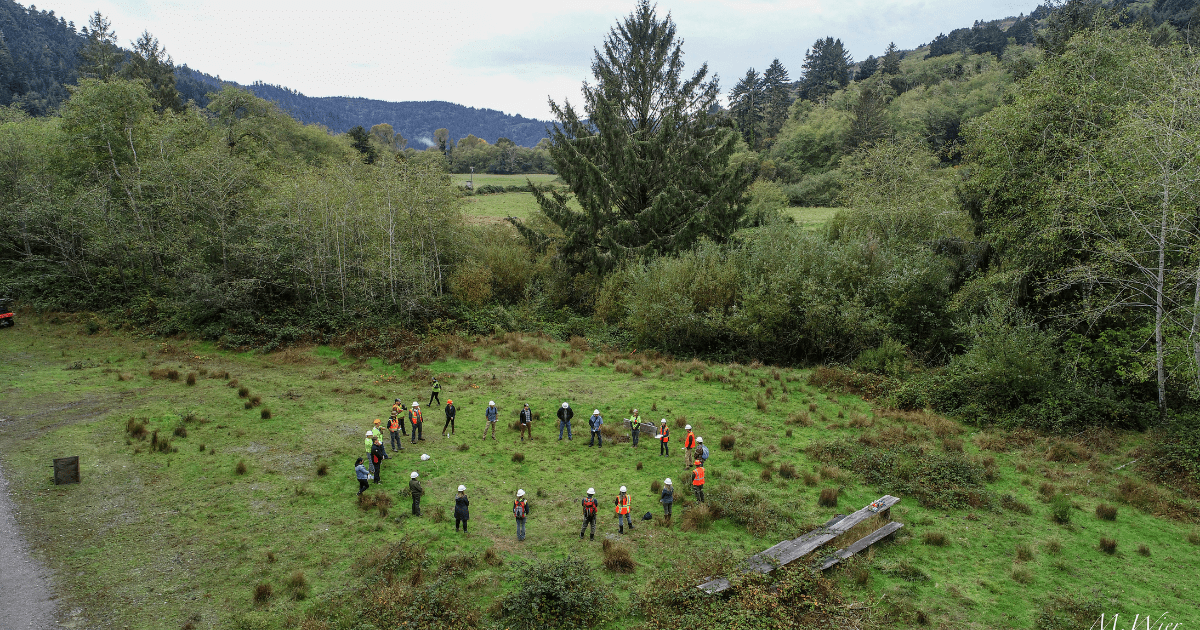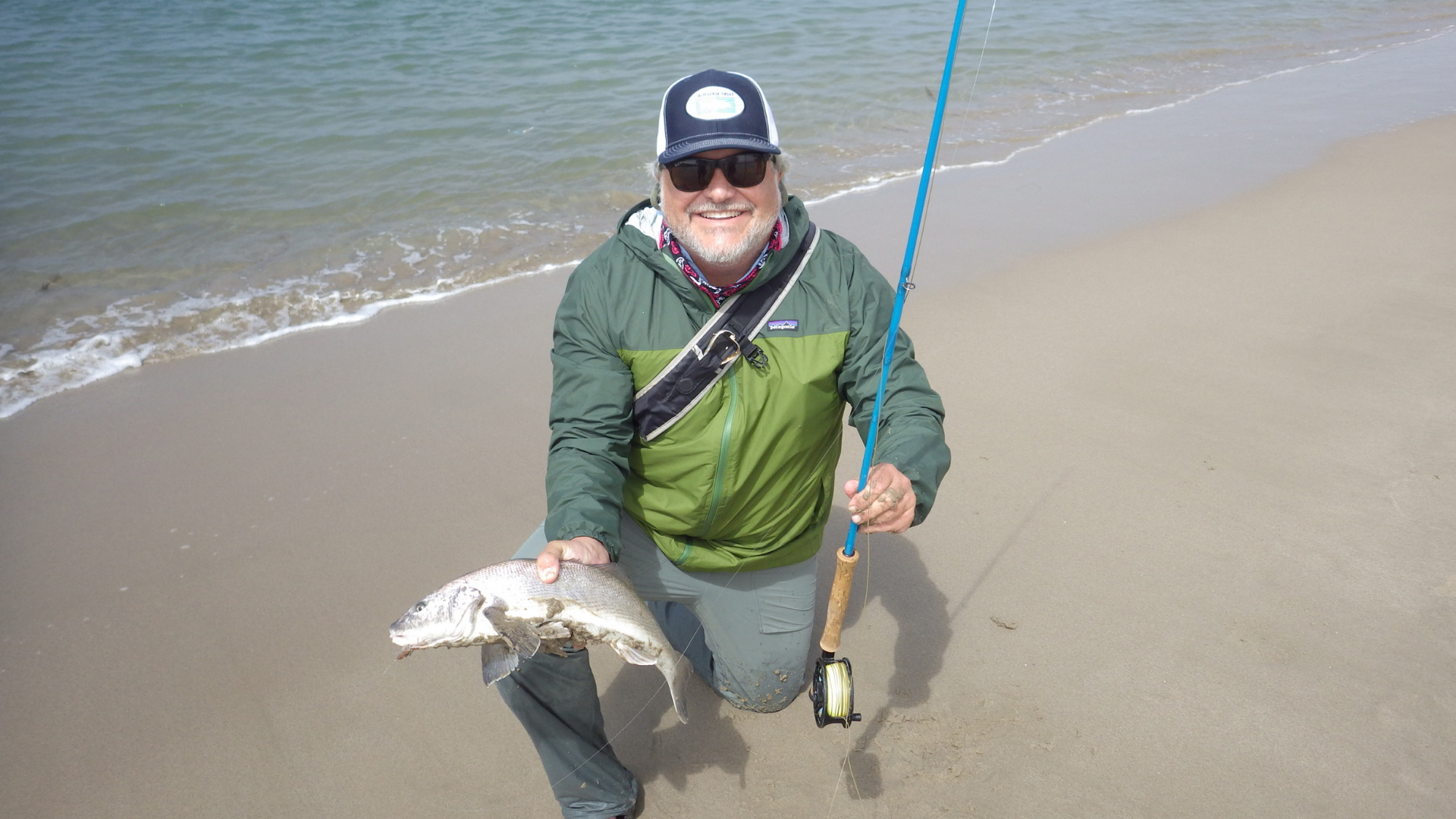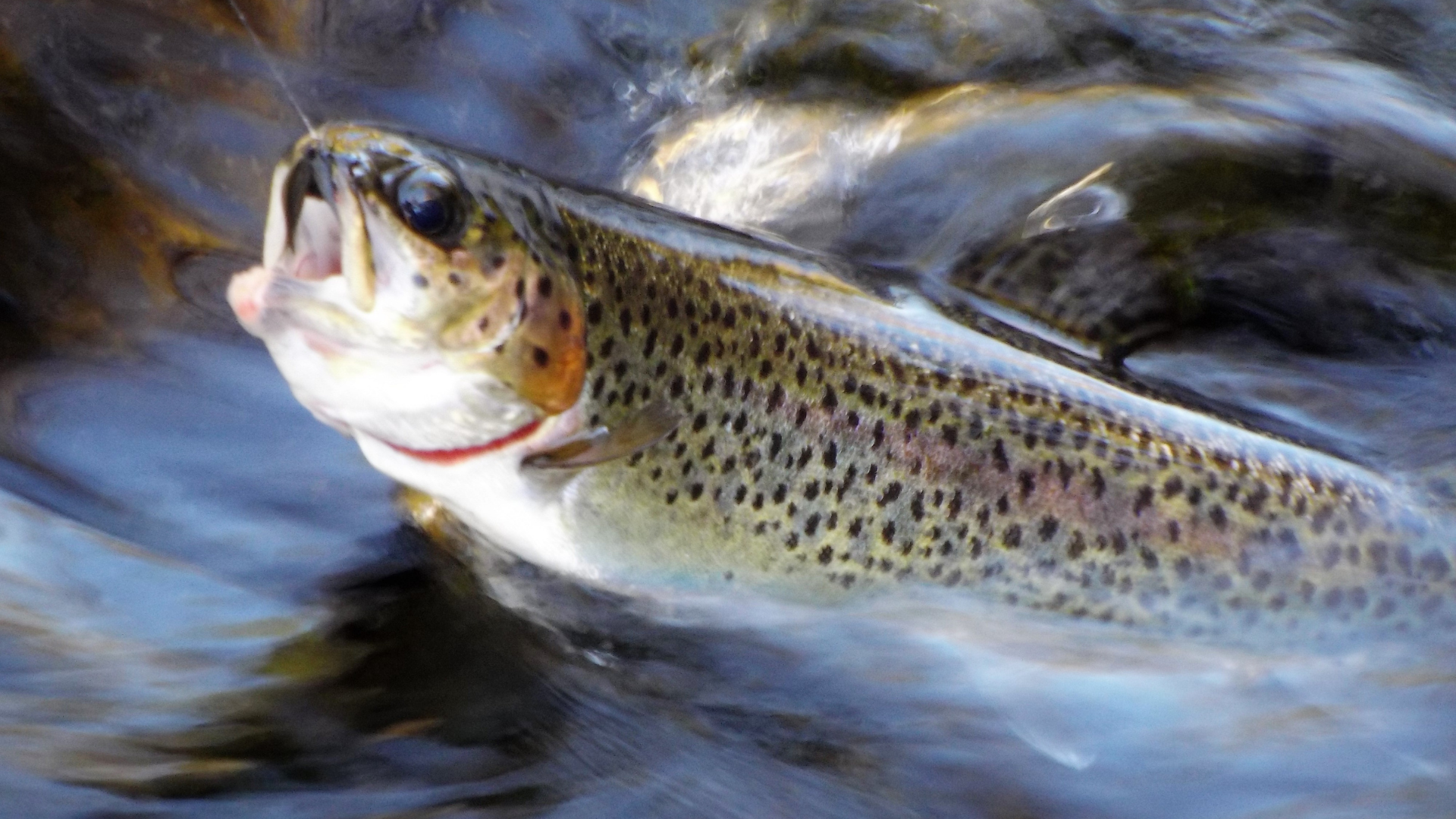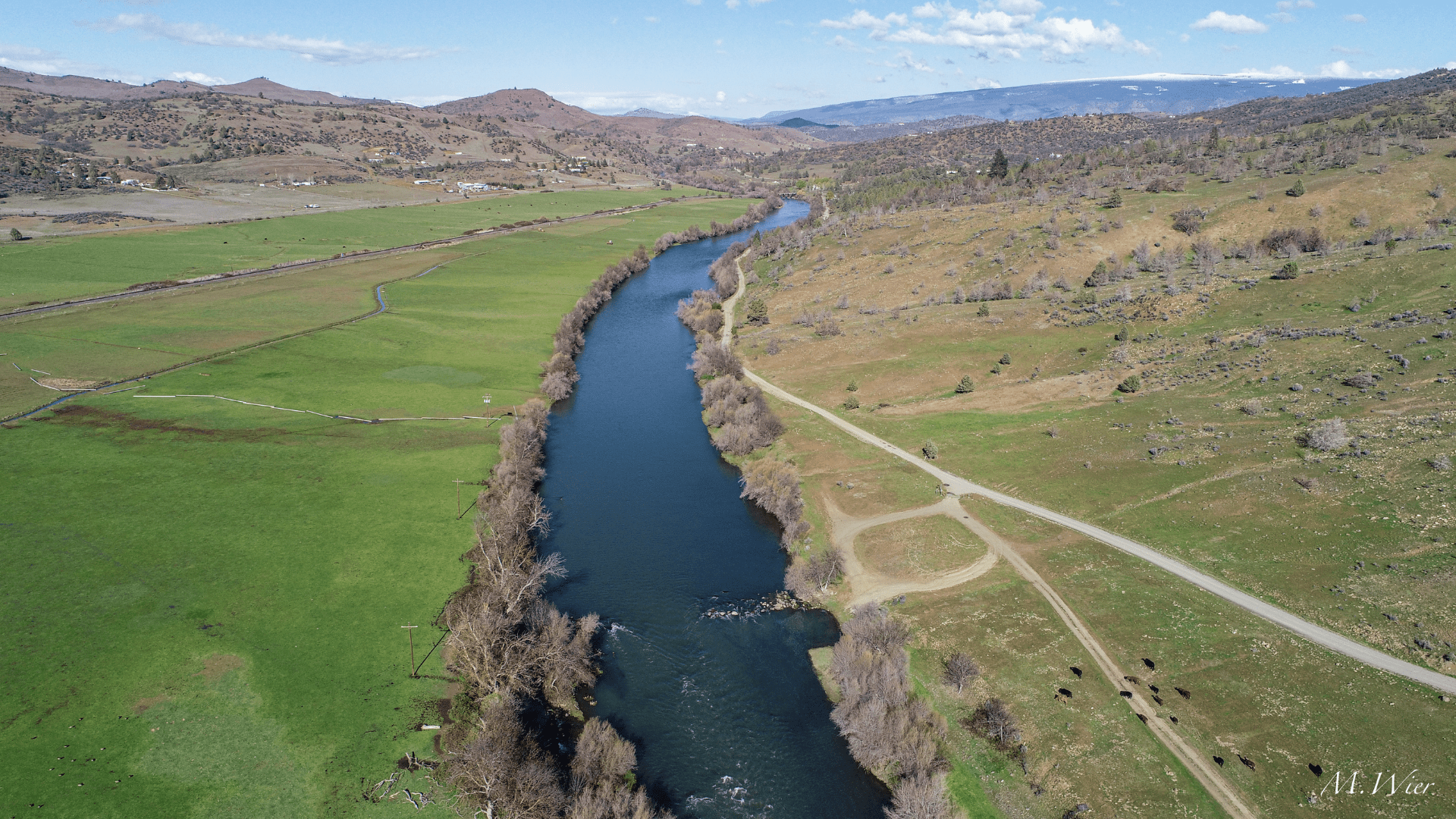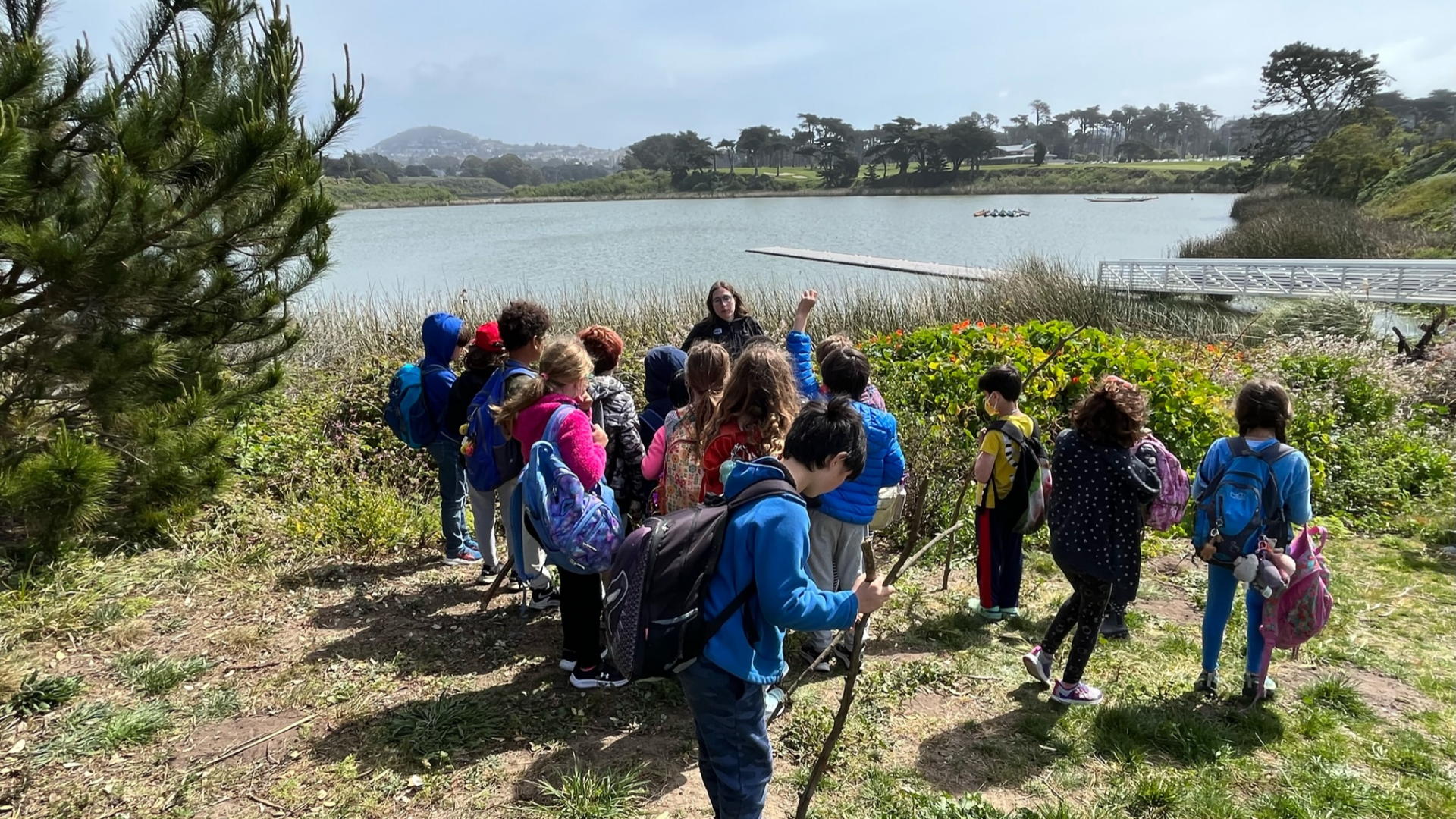
By Asil Donna, Principal, AquaTerra Consulting
California Trout Consultant & Partner
Parks Creek is a critical tributary to the Shasta River and represents an ideal opportunity to recover wild salmon in the Mid-Klamath Basin.
The Shasta River was historically one of the most productive salmon streams in California. Groundwater from cold, nutrient-rich springs provided nearly ideal aquatic habitat conditions that supported large Chinook and coho salmon populations. But more than a century of aquatic and riparian habitat degradation along the Shasta River and its tributaries—including Parks Creek—has resulted in dramatic declines in wild salmon populations.
Cover Photo: Michael Wier
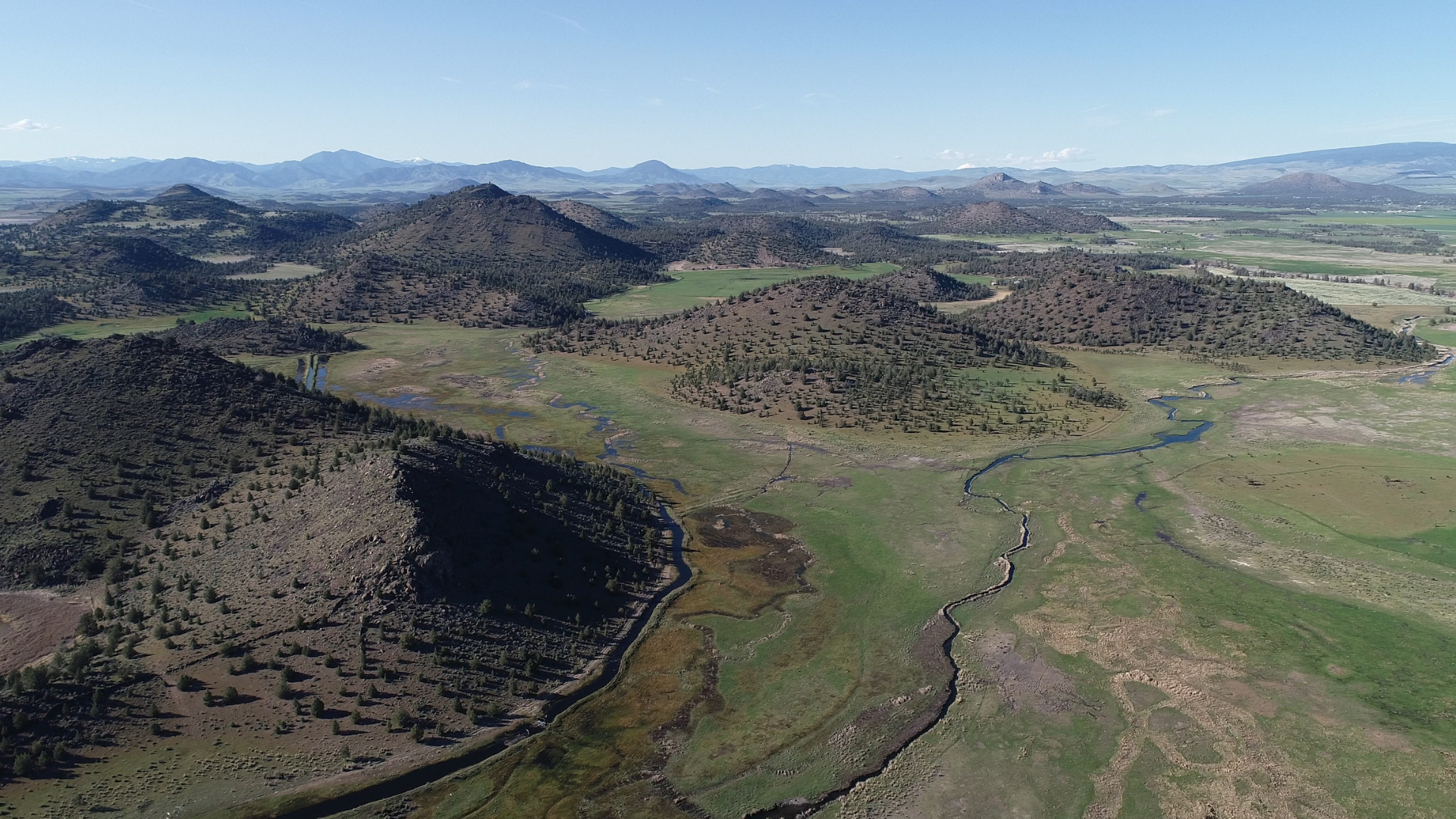
Restoring Parks Creek
CalTrout is implementing the Parks Creek Flow Enhancement and Fish Passage project, working with the Cardoza Ranch to enhance stream flows and restore critical spawning and rearing habitat for salmon and steelhead in Parks Creek. The project is essential for recovering salmon populations throughout the Mid-Klamath Basin; degraded flows, poor water quality, and decreased habitat conditions continue to limit spawning and rearing ability in vital cold-water tributary streams.
Photo: Pusher Studios
Benefitting Fish & Ranches
In the fall of 2020 and into early 2021, with cooperation from the Cardoza Ranch, CalTrout’s contractors worked to:
- install almost 3 miles of new conveyance pipeline to improve on-ranch water efficiency,
- relocate and upgrade the water diversion system with an on-channel fish screen and 40 horsepower pump,
- install 180 solar-modules generating 70.3 kW to offset utility costs,
- and install a real-time telemetry-enable flow meter to give the Cardoza Ranch maximum control of irrigation water.
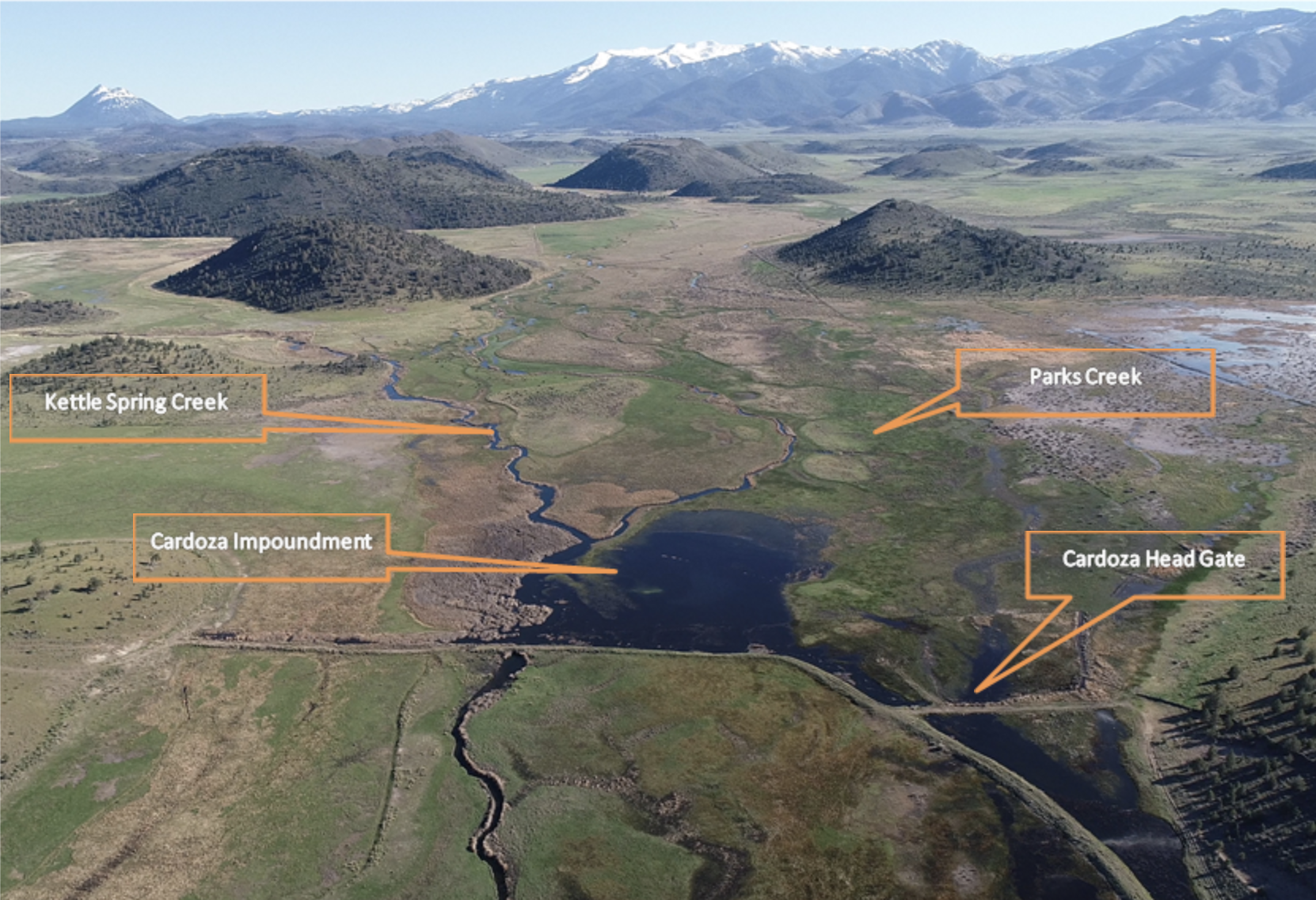

By moving the point of diversion 2.8 miles downstream, this resulted in enhanced flows and temperature benefits between the pre-existing diversion and the newly relocated diversion. Ecological improvements from the project in Parks Creek downstream of the historical diversion are shown on the graphs below, with 2020 (orange) measured before the project was implemented and 2021 (blue) measured after moving the diversion downstream. Furthermore, the on-ranch efficiencies have reduced the ranch’s overall water diversion by more than half, from 1353 acre-feet pre-project to 573 acre-feet for the 2021 irrigation season. Once the 1707 is finalized, the consumed portion of the conserved water will stay instream up to 12 more river miles.
Graphs prepared by Ann Willis of UC Davis.


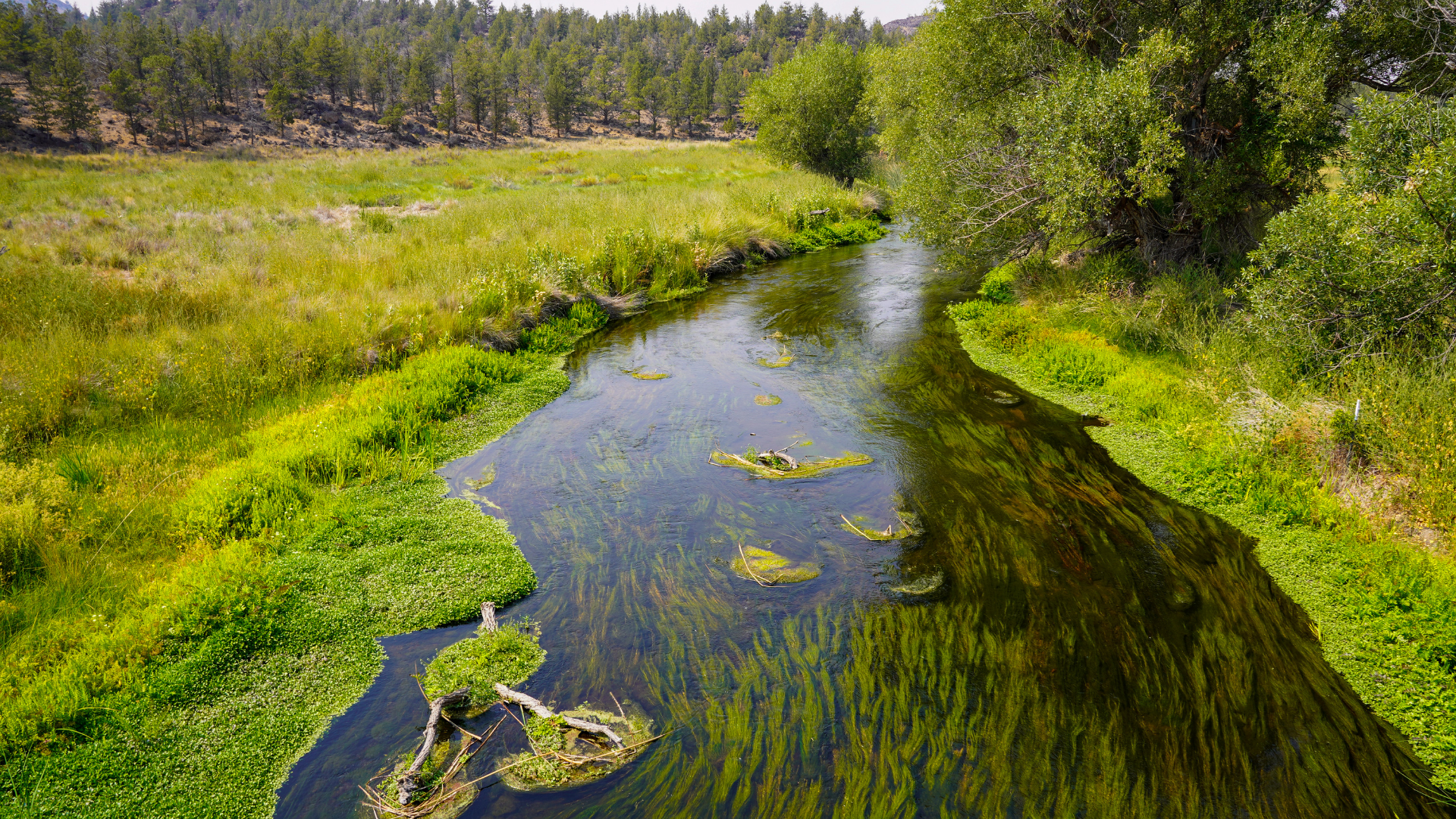
Access for Fish
With the point of diversion relocated, the pre-existing diversion and impoundment were then completely replaced in September 2021 with an aluminum span culvert that provides continuous fish passage between important spawning and rearing habitat. This project now provides access for native fishes including state and federally-listed coho salmon to over 14 miles of critical spawning and rearing habitat.
In addition, the Parks Creek Flow Enhancement Project resolves water conflict in the Mid-Klamath Basin and Siskiyou County by providing win-win engineering solutions that balance the needs of farmers and fish and wildlife.
Watch our new video below featuring the Parks Creek Flow Enhancement and Fish Passage project:
Project Partners:
US Fish and Wildlife Service, California Department of Fish and Wildlife, Wildlife Conservation Board, National Fish and Wildlife Federation, National Marine Fisheries Service, AquaTerra Consulting, Vestra Services, Michael Love and Associates, GSBlack, Inc., North Rivers Construction, Inc, UC Davis Center for Watershed Science, Tom Menne, Advanced Solar, Cardoza Ranch Partnership, and Emmerson Investment Inc.




